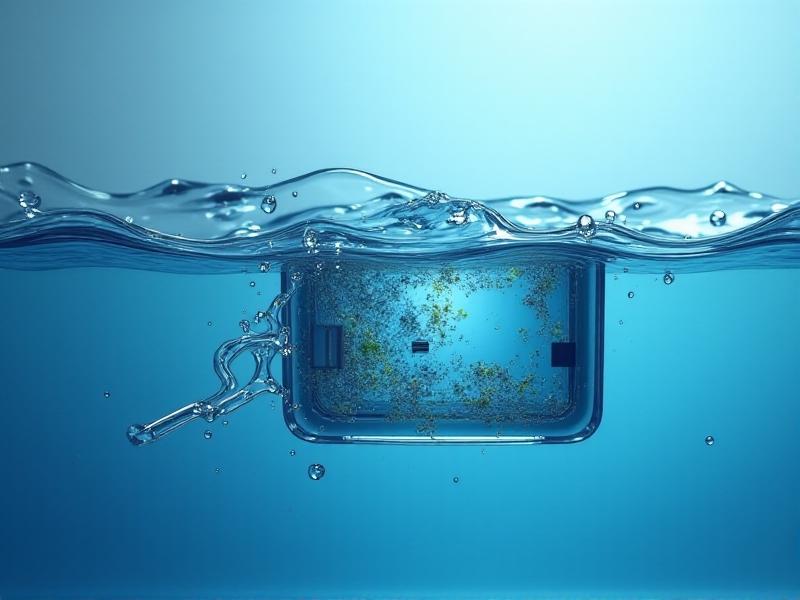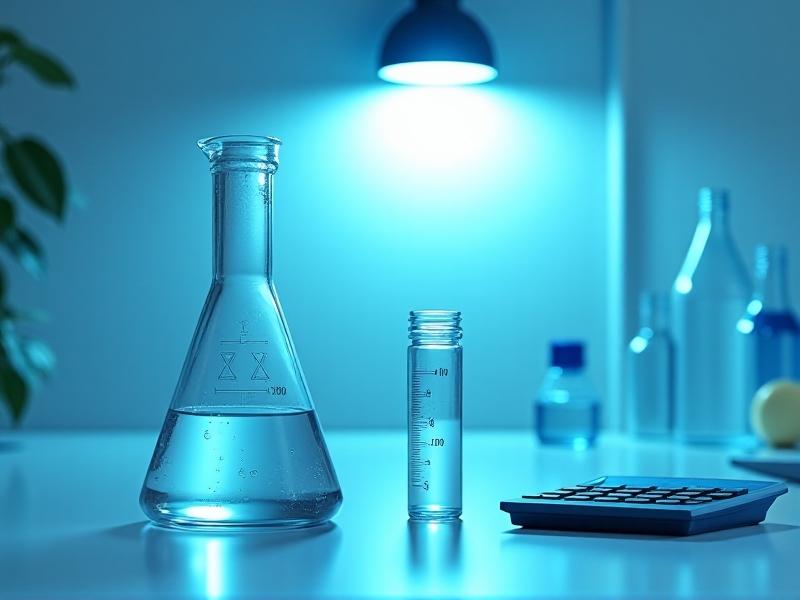Oxidation-Reduction Potential Monitoring
Understanding Oxidation-Reduction Potential (ORP)
Oxidation-Reduction Potential, commonly referred to as ORP, is a critical parameter in various scientific and industrial applications. It measures the ability of a solution to either gain or lose electrons, which is indicative of its oxidizing or reducing capacity. This potential is measured in millivolts (mV) and can provide valuable insights into the chemical processes occurring within a solution.
ORP is particularly important in fields such as water treatment, where it helps in determining the effectiveness of disinfection processes. High ORP values typically indicate a strong oxidizing environment, which is conducive to killing bacteria and other pathogens. Conversely, low ORP values suggest a reducing environment, which might be necessary for certain chemical reactions or biological processes.
Understanding ORP is essential for professionals in environmental science, chemistry, and engineering. It allows them to monitor and control chemical reactions, ensuring optimal conditions for desired outcomes. By mastering the principles of ORP, one can significantly enhance the efficiency and safety of various industrial and scientific processes.
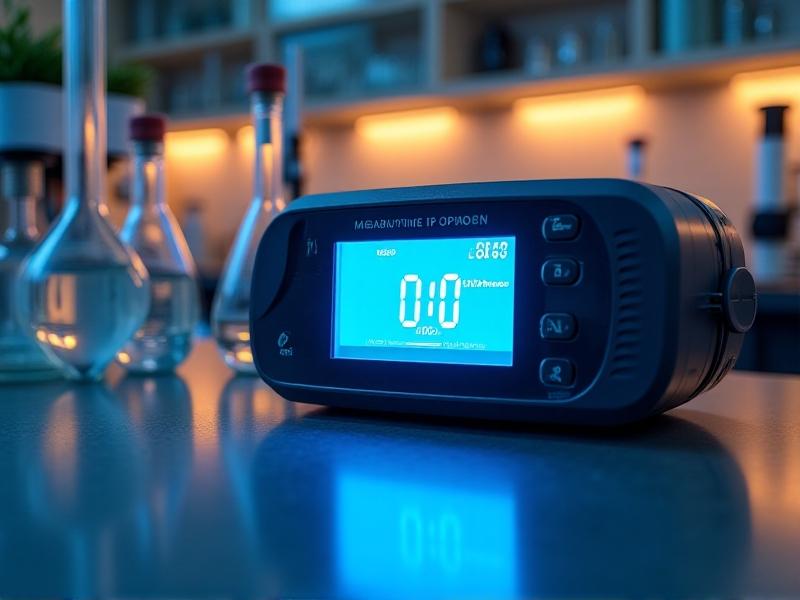
The Science Behind ORP Measurement
ORP measurement is based on the principles of electrochemistry. It involves the use of an ORP electrode, which consists of a metal electrode (usually platinum) and a reference electrode. When immersed in a solution, the metal electrode interacts with the solution's redox-active species, generating a potential difference between the two electrodes.
This potential difference is then measured by an ORP meter, which converts it into a millivolt reading. The reading reflects the solution's overall redox potential, providing a snapshot of its oxidizing or reducing capacity. The accuracy of ORP measurement depends on several factors, including the quality of the electrode, the stability of the reference electrode, and the temperature of the solution.
Understanding the science behind ORP measurement is crucial for accurate and reliable results. It enables professionals to troubleshoot issues, calibrate equipment, and interpret data correctly. By delving into the electrochemical principles, one can gain a deeper appreciation for the complexities of ORP monitoring and its applications.
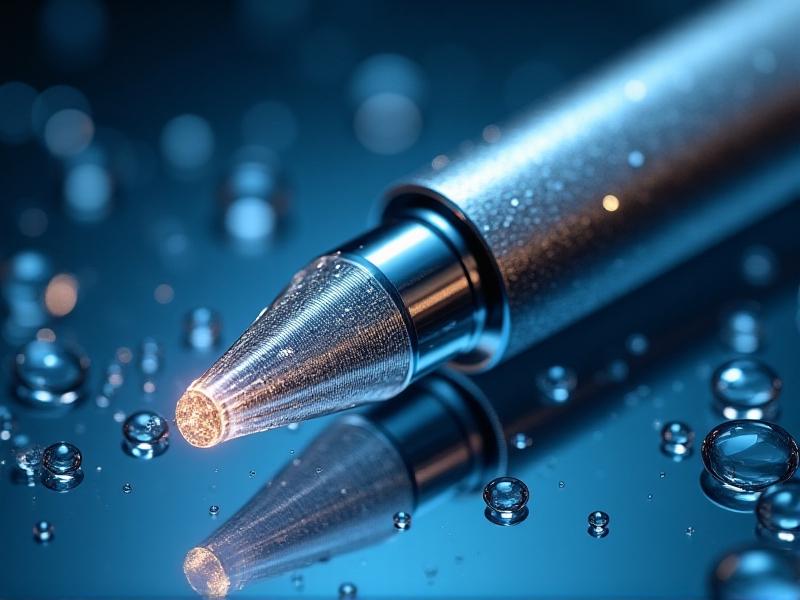
Applications of ORP Monitoring in Water Treatment
ORP monitoring plays a pivotal role in water treatment processes, particularly in disinfection. Chlorine, ozone, and other oxidizing agents are commonly used to disinfect water, and their effectiveness can be gauged by measuring ORP levels. High ORP values indicate a strong oxidizing environment, which is essential for killing harmful microorganisms.
In addition to disinfection, ORP monitoring is used in wastewater treatment to control the removal of organic and inorganic contaminants. It helps in optimizing the conditions for biological treatment processes, such as activated sludge systems, where maintaining the right redox potential is crucial for microbial activity.
ORP monitoring is also employed in swimming pools and spas to ensure water safety and hygiene. By maintaining appropriate ORP levels, operators can prevent the growth of bacteria and algae, providing a safe and enjoyable environment for users. The versatility of ORP monitoring in water treatment underscores its importance in public health and environmental protection.
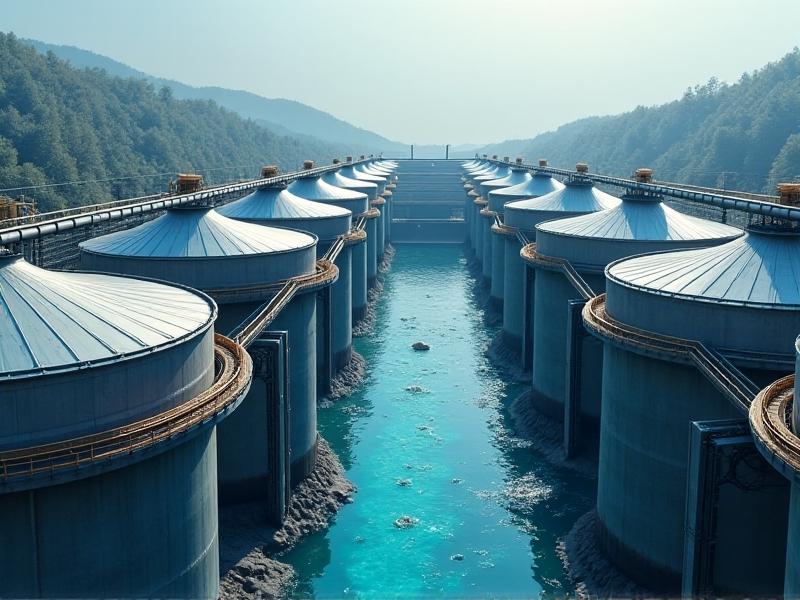
ORP in Environmental Monitoring and Research
ORP is a valuable tool in environmental monitoring and research, providing insights into the redox conditions of natural water bodies, soils, and sediments. It helps in assessing the health of ecosystems, identifying pollution sources, and studying biogeochemical cycles.
In aquatic environments, ORP measurements can indicate the presence of pollutants, such as heavy metals and organic compounds, which can alter the redox balance. Monitoring ORP levels in rivers, lakes, and groundwater can help in detecting contamination and implementing remediation measures.
ORP is also used in soil science to study the redox processes that influence nutrient availability and microbial activity. By understanding the redox conditions, researchers can develop strategies for sustainable agriculture and land management. The application of ORP in environmental science highlights its significance in preserving natural resources and promoting ecological balance.
Industrial Applications of ORP Monitoring
ORP monitoring is integral to various industrial processes, including chemical manufacturing, food and beverage production, and pharmaceuticals. It helps in controlling chemical reactions, ensuring product quality, and maintaining safety standards.
In the chemical industry, ORP monitoring is used to optimize oxidation and reduction reactions, which are fundamental to the production of various chemicals. It enables precise control of reaction conditions, leading to higher yields and reduced waste.
In the food and beverage industry, ORP monitoring is employed to ensure the safety and shelf life of products. It helps in controlling the growth of spoilage microorganisms and pathogens, maintaining the quality and safety of consumables. The pharmaceutical industry also relies on ORP monitoring to ensure the stability and efficacy of drugs, particularly those sensitive to redox conditions.
Challenges and Considerations in ORP Monitoring
While ORP monitoring offers numerous benefits, it also presents several challenges. One of the primary challenges is the calibration and maintenance of ORP electrodes. Over time, electrodes can become fouled or degraded, leading to inaccurate readings. Regular calibration and cleaning are essential to ensure reliable measurements.
Another consideration is the impact of temperature on ORP readings. Redox reactions are temperature-dependent, and variations in temperature can affect the accuracy of ORP measurements. It is crucial to account for temperature changes and use temperature-compensated electrodes when necessary.
Interpreting ORP data can also be complex, as it requires an understanding of the specific redox reactions occurring in the solution. Factors such as pH, dissolved oxygen, and the presence of other redox-active species can influence ORP readings. Proper training and expertise are essential for accurate data interpretation and decision-making.
Future Trends in ORP Monitoring Technology
Advancements in technology are driving innovations in ORP monitoring, making it more accurate, reliable, and accessible. One of the emerging trends is the development of smart ORP sensors equipped with wireless connectivity and data logging capabilities. These sensors enable real-time monitoring and remote access to data, enhancing efficiency and convenience.
Another trend is the integration of ORP monitoring with other analytical techniques, such as pH and conductivity measurements. This multi-parameter approach provides a more comprehensive understanding of the solution's chemical properties, leading to better control and optimization of processes.
Research is also focused on improving the durability and performance of ORP electrodes, particularly in harsh environments. Innovations in materials and design are expected to extend the lifespan of electrodes and reduce maintenance requirements. The future of ORP monitoring looks promising, with continued advancements poised to revolutionize its applications across various industries.
